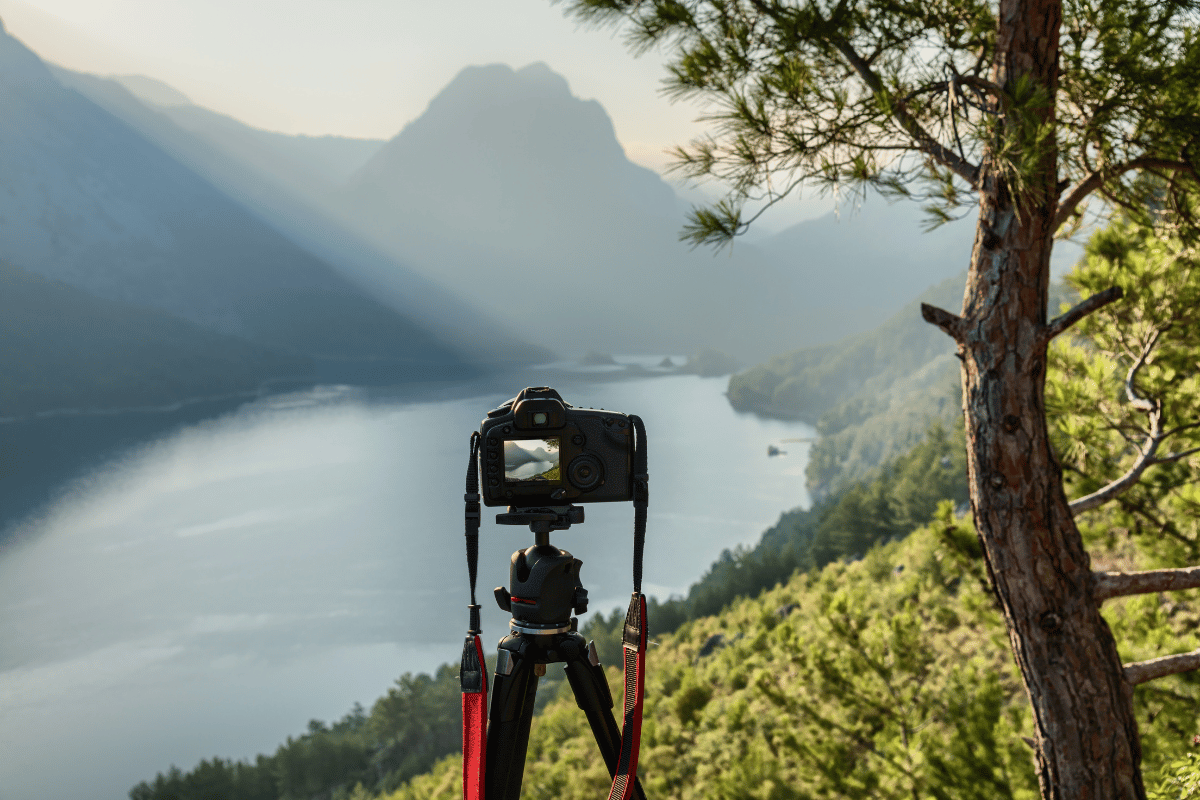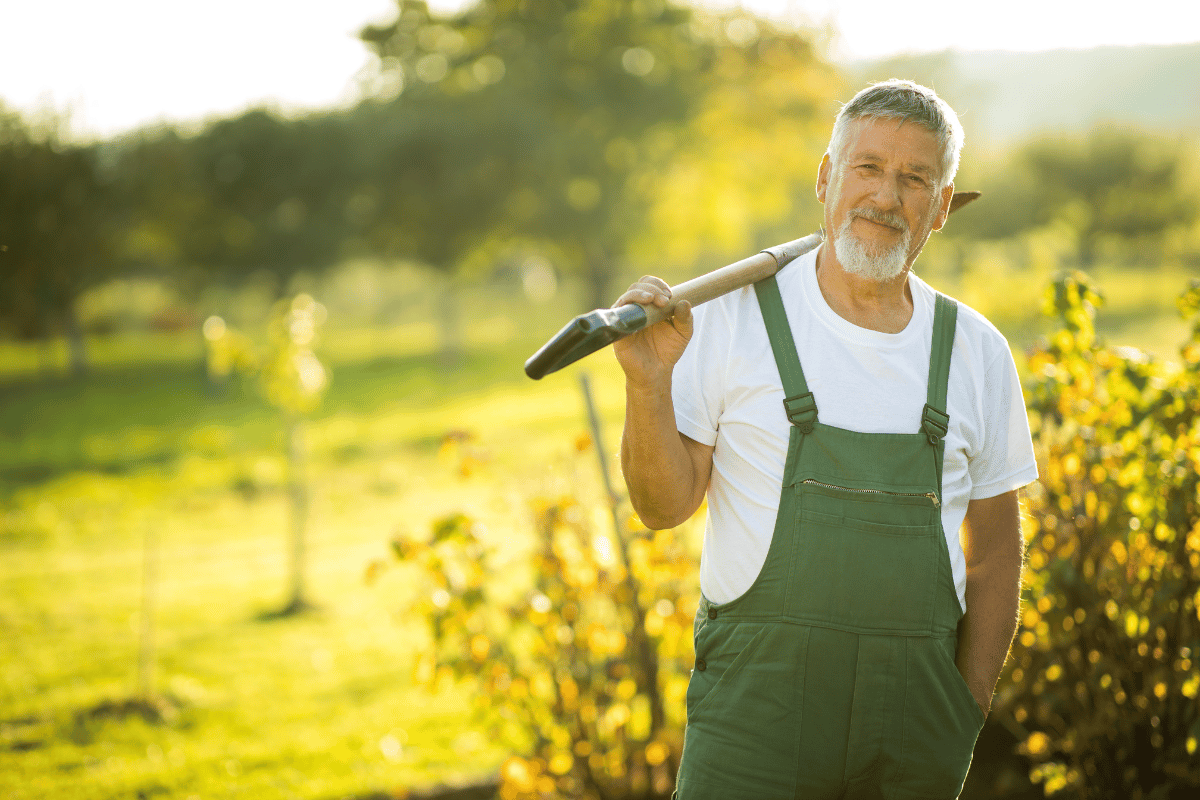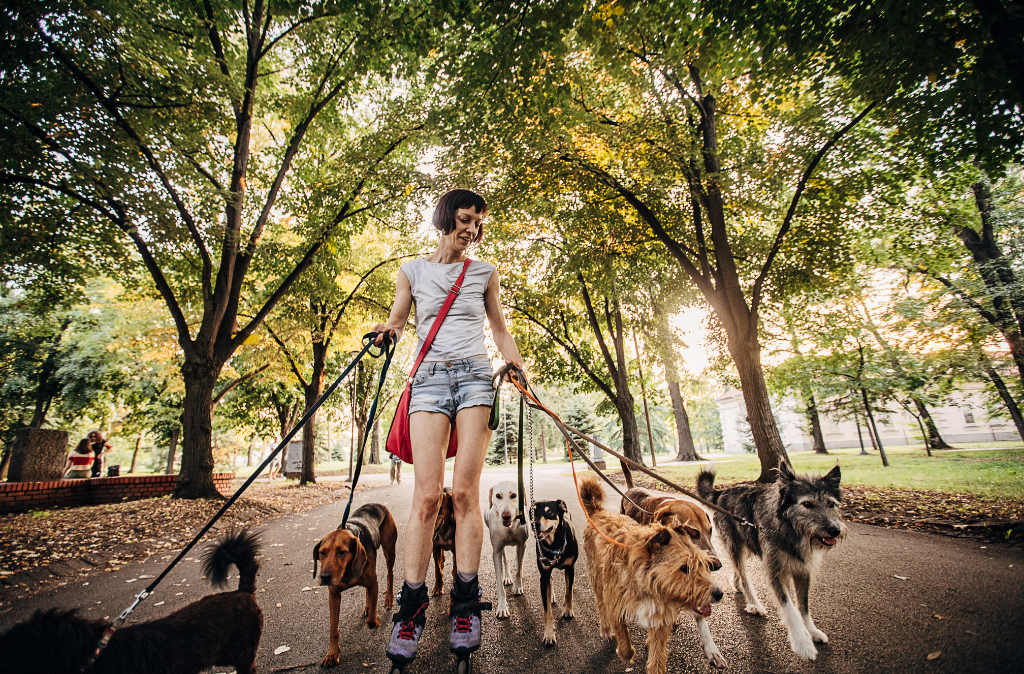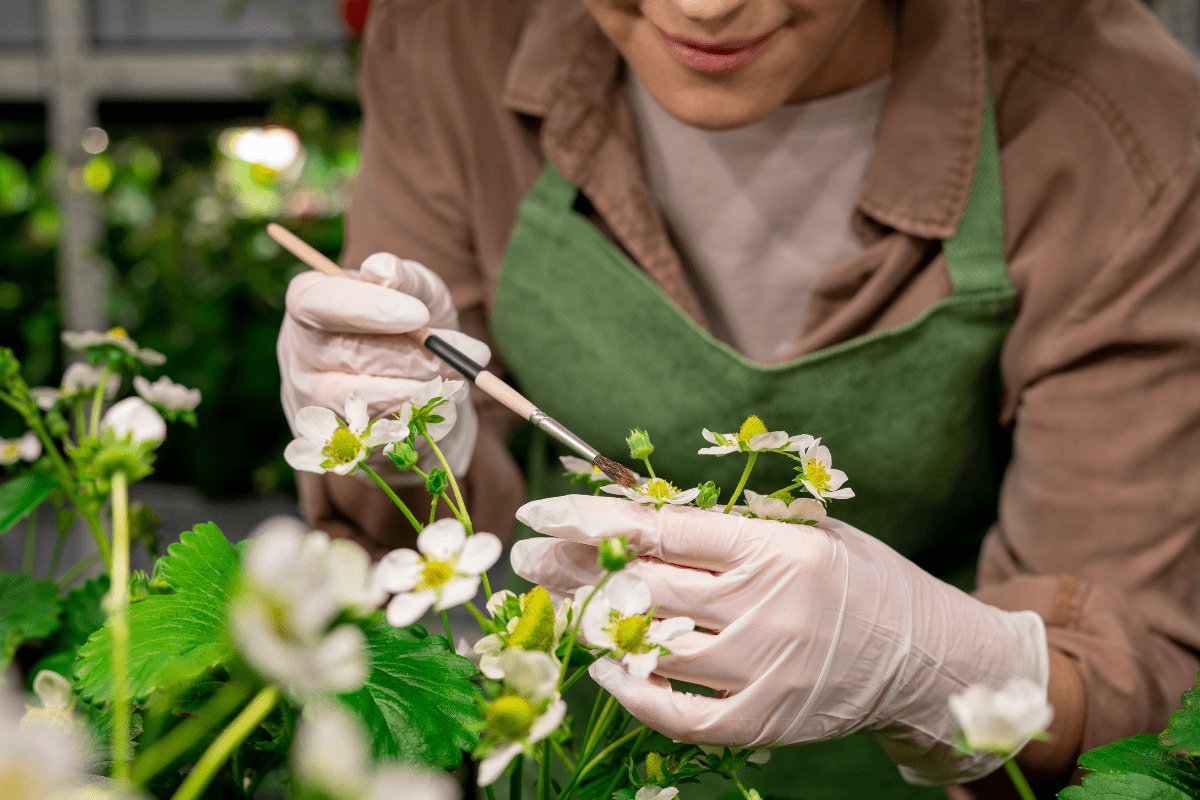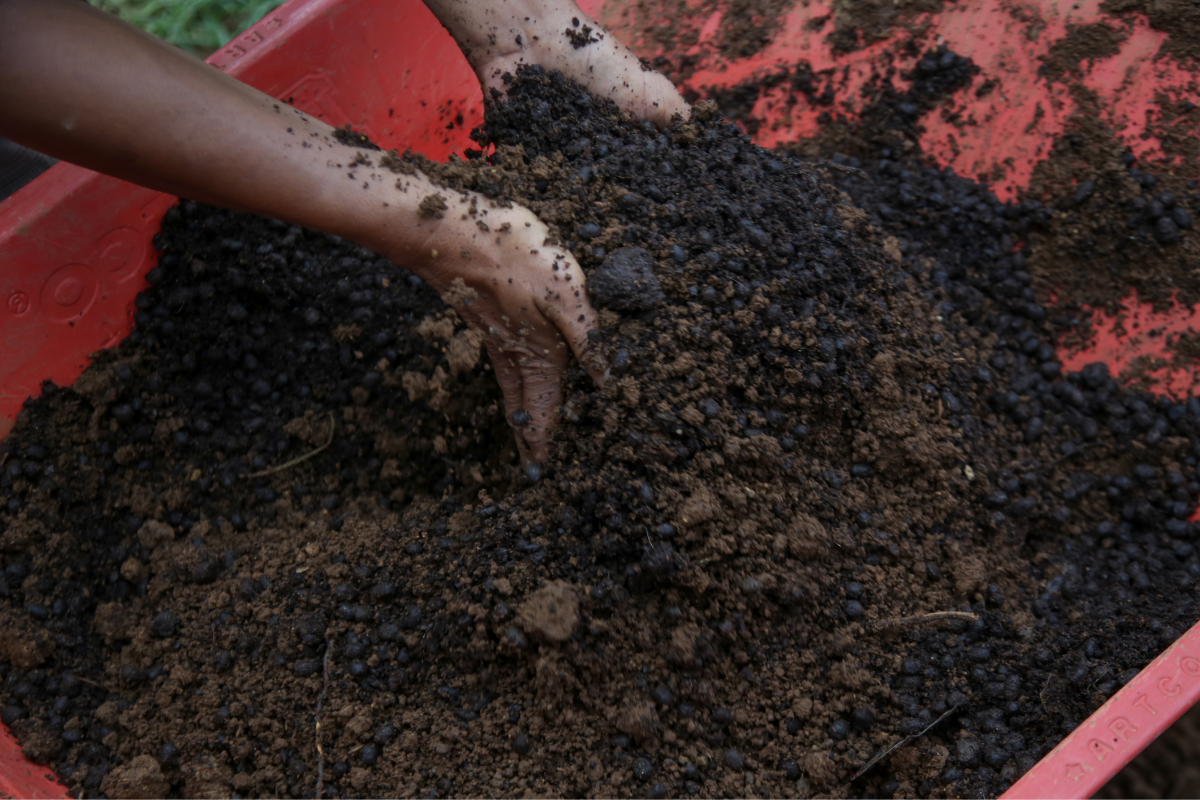Misc
Landscape Photography: Techniques for Capturing Nature’s Beauty
Embarking on a journey through landscape photography is like discovering an unspoken narrative of the natural world. Each shot frames a story, etching the majesty of rolling hills, the calm of still waters, or the drama of jagged mountains. This article is a gateway to mastering the art of landscape photography, guiding both novices and seasoned photographers through techniques to capture the earth’s beauty. We’ll explore essential gear, the magic of light, compositional rules, and post-processing tips to transform your shots from simple snaps into breath-taking works of art.
Section 1: Essential Gear for Landscape Photography
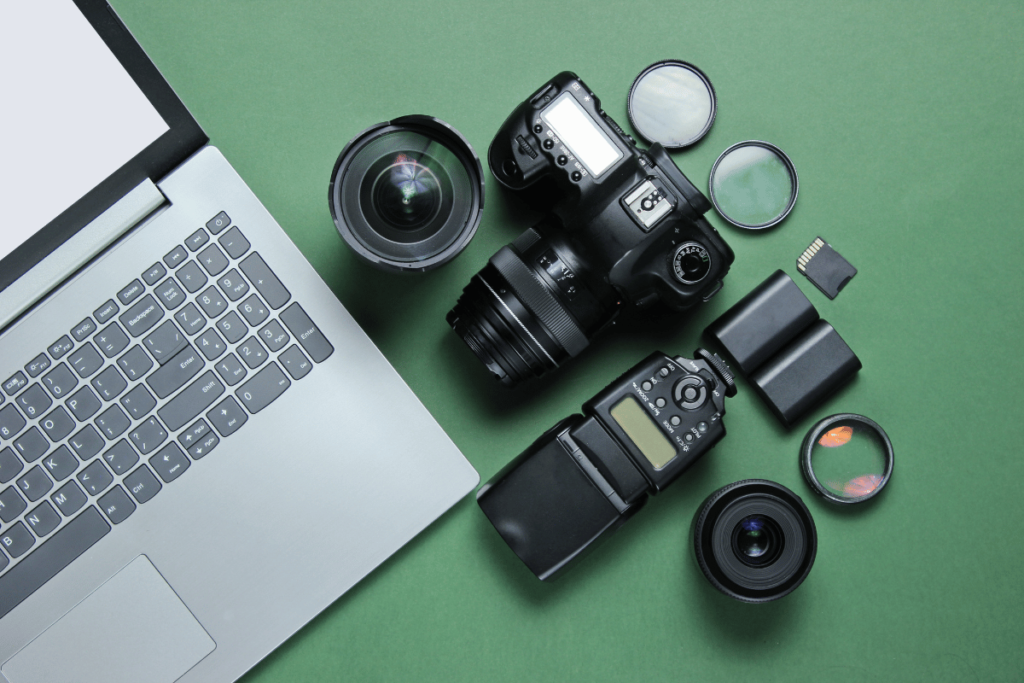
Camera Choices: From DSLRs to Mirrorless
In landscape photography, the camera is your primary tool. The debate between DSLRs and mirrorless cameras often boils down to preference and specific needs. DSLRs offer a robust build and extended battery life, which is excellent for the rugged outdoors. On the flip side, mirrorless cameras are lighter and more compact, making them ideal for long treks. Regardless of your choice, ensure the camera has manual settings to control aperture, shutter speed, and ISO for maximum creative control.
Lenses: Wide-Angle Wonders and When to Use Telephoto
The lens is the eye of your camera, and in landscape photography, wide-angle lenses are favored for their broad field of view, capturing expansive scenes in a single frame. A typical wide-angle lens ranges from 14mm to 35mm. However, telephoto lenses (70mm and above) are also invaluable for isolating distant details, such as mountain peaks or wildlife, compressing space and bringing the elements closer together.
Tripods: Stability for the Perfect Shot
A sturdy tripod is non-negotiable in landscape photography. It provides the stability needed for sharp images, especially in low-light conditions during the golden hour or for long exposures. Look for tripods that are lightweight yet durable and capable of withstanding various environmental conditions.
Filters: Polarizers, NDs, and Grads – Tools for Perfection
Filters can significantly impact the quality of your images. A polarizing filter will enhance the blues in the sky and manage reflections in water. Neutral density (ND) filters enable long exposures even in bright daylight, smoothing out water and clouds. Graduated ND filters help balance the exposure between a bright sky and a darker landscape.
Accessories: Remote Shutter Releases and More
Additional accessories can further refine your landscape photography experience. Remote shutter releases prevent camera shake during long exposures. Consider also lens hoods to prevent lens flare, extra batteries, and memory cards, as well as cleaning kits to keep your gear in top shape in the dusty, outdoor environment.
Section 2: Understanding the Light
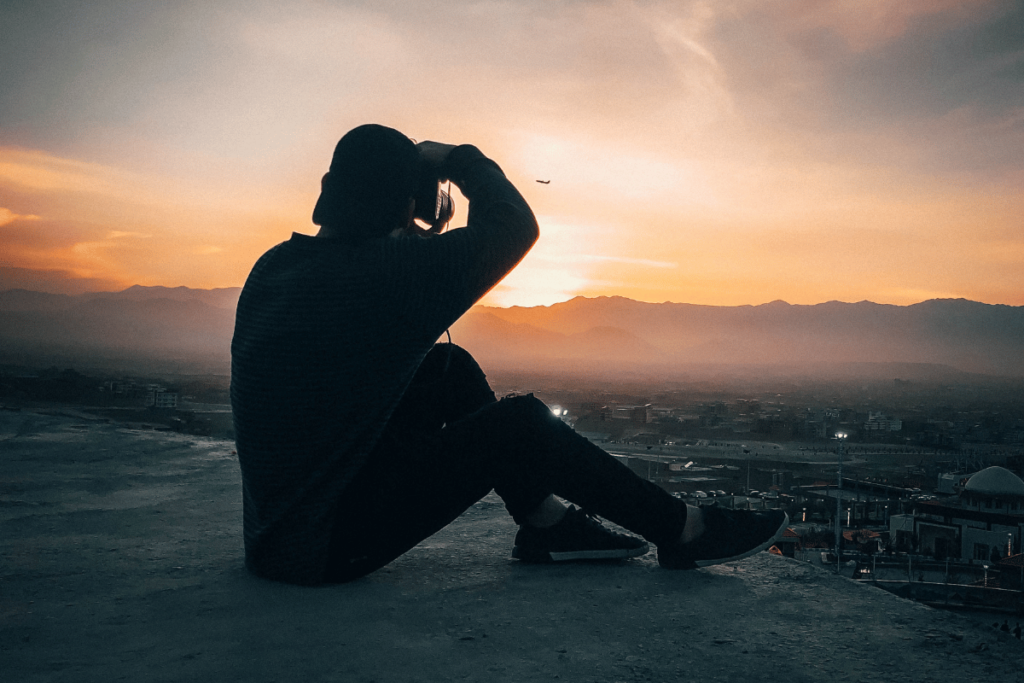
Golden Hours: Harnessing the Warmth of Dawn and Dusk
The golden hours—just after sunrise or before sunset—offer soft, warm light that can add magic to your landscapes. This light renders the landscape with a soft glow, enhancing textures and casting long, dramatic shadows that give your photos depth and drama.
Weather and Its Dramatic Influence: Capturing Storms and Fog
Inclement weather can provide some of the most dynamic conditions for landscape photography. Storm clouds can create dramatic skies, and fog can add a layer of mystery and mood to your scenes. Be ready to capture the moment when the weather breaks, and conditions might be at their most photogenic.
Direction of Light: Side-Lighting and Backlighting Techniques
Side-lighting can accentuate the texture and form of the landscape, while backlighting can create silhouettes and highlight edges with a halo of light. Both require careful exposure to capture detail without losing information in the highlights or shadows.
Exposure Techniques: Balancing Highlights and Shadows
In landscape photography, it’s essential to balance the exposure to avoid losing detail in bright skies or dark foregrounds. Camera techniques like bracketing exposures for later blending or using the histogram feature to monitor exposure levels can be invaluable.
Section 3: Composition and Perspective
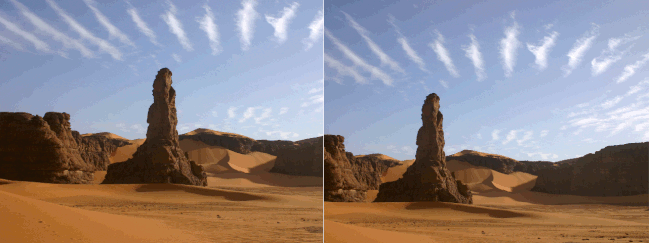
The Rule of Thirds: A Classic Framework
The rule of thirds is an enduring guideline in photography composition. Imagine your image is divided into nine equal segments by two vertical and two horizontal lines. Positioning the important compositional elements along these lines or at their intersections can create a more balanced and natural photo. This technique encourages the photographer to avoid placing the subject in the center of the frame, leading to a more engaging composition.
Leading Lines: Guiding the Viewer’s Eye
Leading lines are a powerful compositional tool in landscape photography. They guide the viewer’s gaze through the photograph and can be used to point toward the main subject. These lines can be anything from a winding river, a path meandering through a field, a fence line, or even a shadow. Effective use of leading lines can create a sense of movement and depth, drawing the viewer into the essence of the scene.
Foreground Interest: Adding Depth to Your Scenes
A compelling landscape photo often has a defined foreground, midground, and background. By including elements such as boulders, flowers, or other interesting shapes in the foreground, you can give the scene a three-dimensional feel. This approach invites the viewer to enter the image and leads them on a visual journey from the immediate foreground to the distant horizon.
The Power of Scale: Incorporating Human Elements
Incorporating elements that provide a sense of scale can dramatically enhance the impact of a landscape photo. A human figure, a tree, or a building can offer a reference point and convey the sheer size and grandeur of the natural surroundings. This juxtaposition can evoke a sense of awe and wonder, reminding viewers of their own connection to the vastness of the natural world.
Section 4: Advanced Techniques for Stunning Landscapes
HDR Photography: Mastering High Dynamic Range
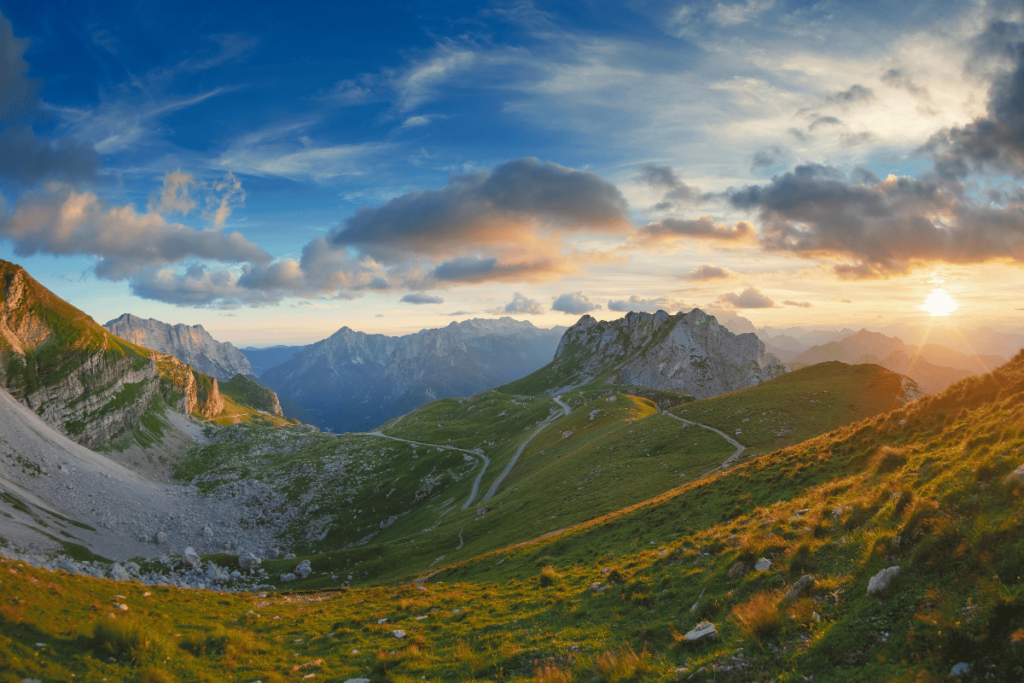
HDR photography can combat tricky lighting situations that exceed the camera’s dynamic range. By taking multiple exposures of the same scene—usually one for highlights, one for midtones, and one for shadows—and combining them, you can create an image with details in both the brightest and darkest areas. Software solutions have simplified this process, enabling photographers to produce images that are closer to what the human eye can perceive.
Long Exposure: Creating Silky Water and Cloud Movement
The magic of a long exposure shot lies in its ability to capture time in a single frame, turning the motion of clouds and water into a smooth, dreamlike state. This technique requires patience and a solid understanding of the interplay between shutter speed, aperture, and ISO. The use of ND filters is often crucial to reduce the amount of light hitting the sensor, allowing for longer exposure times without overexposure.
Focus Stacking: Achieving Front-to-Back Sharpness
To achieve tack-sharp focus throughout the entire image, from the nearest blade of grass to the farthest mountain, focus stacking is the technique of choice. This method involves taking multiple photos with different focus points and blending them together in post-processing. The result is an image with an extended depth of field, which is particularly useful in landscape scenes with significant depth.
Panoramic Stitches: Crafting Wide-View Images
Panoramic photography involves taking multiple images and stitching them together to create a wide, expansive photograph. This is particularly useful when trying to capture the grandeur of sweeping landscapes. It’s important to maintain consistent exposure and focus across all images to ensure a seamless final panorama. This method can produce high-resolution images that capture the vastness and detail of expansive scenes.
Section 5: The Art of Post-Processing

Editing Software: Choosing Your Digital Darkroom
The choice of editing software can significantly affect the final outcome of your photographs. Applications like Adobe Lightroom and Photoshop are industry standards offering comprehensive toolsets for detailed adjustments. Understanding how to use these tools effectively is as important as capturing the image itself.
Basic Adjustments: Colour Correction and Contrast
Every powerful landscape image starts with strong fundamental adjustments. This involves correcting the color balance to ensure the scene looks natural, adjusting the contrast to make the image pop, and fine-tuning exposure to highlight the right elements of the scene. Even subtle changes in these basic adjustments can dramatically alter the mood and impact of a photograph.
Advanced Edits: Dodging, Burning, and Blending Modes
Dodging and burning are techniques borrowed from the darkroom that involve lightening (dodging) or darkening (burning) specific areas of the image to direct the viewer’s attention. Blending modes in post-processing software can be used to combine layers with different effects or to blend multiple exposures for HDR or focus stacking.
Final Touches: Sharpening and Noise Reduction
The final touches in the post-processing workflow often include sharpening, to bring out details, and noise reduction, to clean up any unwanted graininess resulting from high ISO settings or long exposures. Both must be applied judiciously; over-sharpening can lead to an unnatural look, and too much noise reduction can smoothen out important details.
Balancing these elements will give your landscape images the clarity and finish that stand out. By paying attention to these expanded sections in your landscape photography guide, you can offer readers a well-rounded and informative experience.
Conclusion
Landscape photography is more than just capturing what you see; it’s about conveying emotion and narrative through imagery. By mastering the techniques discussed, photographers can elevate their work, turning fleeting moments into timeless visuals. Whether you’re standing atop a mountain or waiting for the perfect light by a riverbank, with these skills at your disposal, you’re ready to capture the splendour of the natural world.


